What is the main goal of Emission Reduction
Project Development?
We specialize in collaborating with organizations to implement forward-thinking solutions that effectively reduce greenhouse gas (GHG) emissions. By leveraging innovative technologies and sustainable practices, we aim to create significant environmental impacts while supporting our partners in achieving their sustainability goals.
How does it work ?
Develop GHG Reduction Plan
Publish & Implement the project
Measure Data
Data Collection & Reporting
Validation
Why is Emission Reduction Project Development
important?
Emission reduction project development plans are essential tools for guiding, managing, and ensuring the success of initiatives aimed at reducing greenhouse gas emissions. They provide a structured approach to achieving environmental goals while addressing regulatory requirements, managing risks, and engaging stakeholders effectively.
Return On Investment
Here are some key returns on investment associated with Emission Reduction Project Development:
Cost Savings
Implementing energy efficiency measures or renewable energy projects can lead to direct cost savings on energy bills or operational expenses..
Revenue Generation
Participating in carbon markets or generating carbon credits through emission reduction projects can generate additional revenue streams. The sale of carbon credits can provide a financial return on the initial investment in the project.
Risk Mitigation
Investing in emission reduction projects can help mitigate risks associated with regulatory compliance, potential future carbon pricing mechanisms, and reputational risks related to environmental stewardship.
Brand Value
Organizations committed to sustainability and reducing their carbon footprint often benefit from enhanced brand reputation, improved customer loyalty, and increased market competitiveness.
Long-Term Financial Stability
By reducing reliance on fossil fuels and volatile energy prices, emission reduction projects can contribute to long-term financial stability and resilience.
Access to Funding and Incentives:
Governments, international organizations, and financial institutions increasingly provide funding, grants, tax incentives, or favorable financing terms for emission reduction projects, enhancing their financial viability and ROI.
Frequently Asked Questions
What are the key components of an emission reduction project development plan?
Key components typically include:
- Project Description: Overview of the project, including objectives and scope.
- Baseline Assessment: Assessment of current emissions levels (baseline) against which reductions will be measured.
- Emission Reduction Strategies: Detailed strategies and actions to be implemented to reduce emissions.
- Implementation Plan: Timeline, responsibilities, and resources allocated for implementing emission reduction measures.
- Monitoring and Measurement: Methods for monitoring progress and measuring emission reductions.
- Risk Management: Identification of potential risks and strategies to mitigate them.
- Verification and Reporting: Procedures for verifying and reporting emission reductions to ensure accuracy and transparency.
What are the expected outcomes of implementing an emission reduction project development plan?
The primary outcome is the reduction of greenhouse gas emissions as targeted in the plan. Other expected outcomes include cost savings from improved energy efficiency, revenue generation from carbon credits or incentives, enhanced regulatory compliance, improved stakeholder engagement, and overall sustainability benefits.
How is success measured in emission reduction projects?
Success is measured by comparing actual emission reductions achieved against the baseline established in the project plan. This involves rigorous monitoring, data collection, and verification processes to ensure that the reported reductions are accurate and credible.
What are some challenges associated with developing and implementing emission reduction project plans?
Challenges may include securing initial funding or financing, overcoming technical barriers, navigating complex regulatory requirements, engaging stakeholders effectively, ensuring ongoing commitment and support, and adapting to evolving market conditions and technologies.



